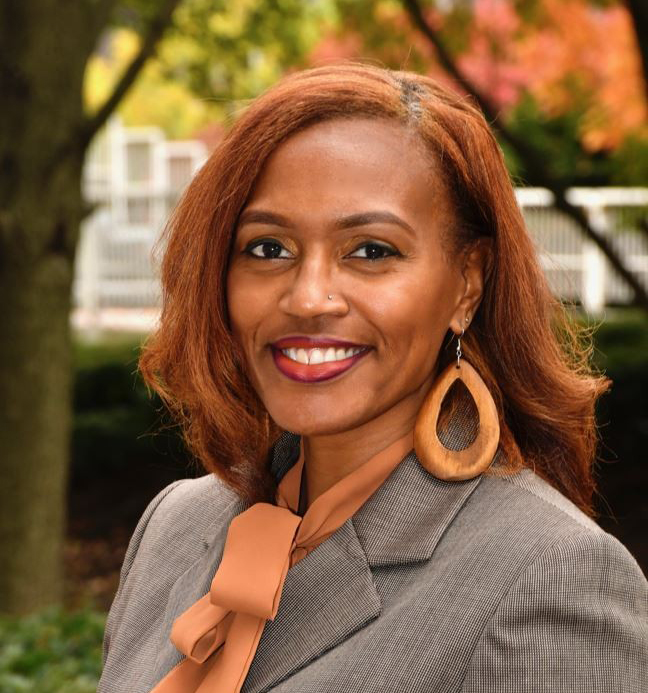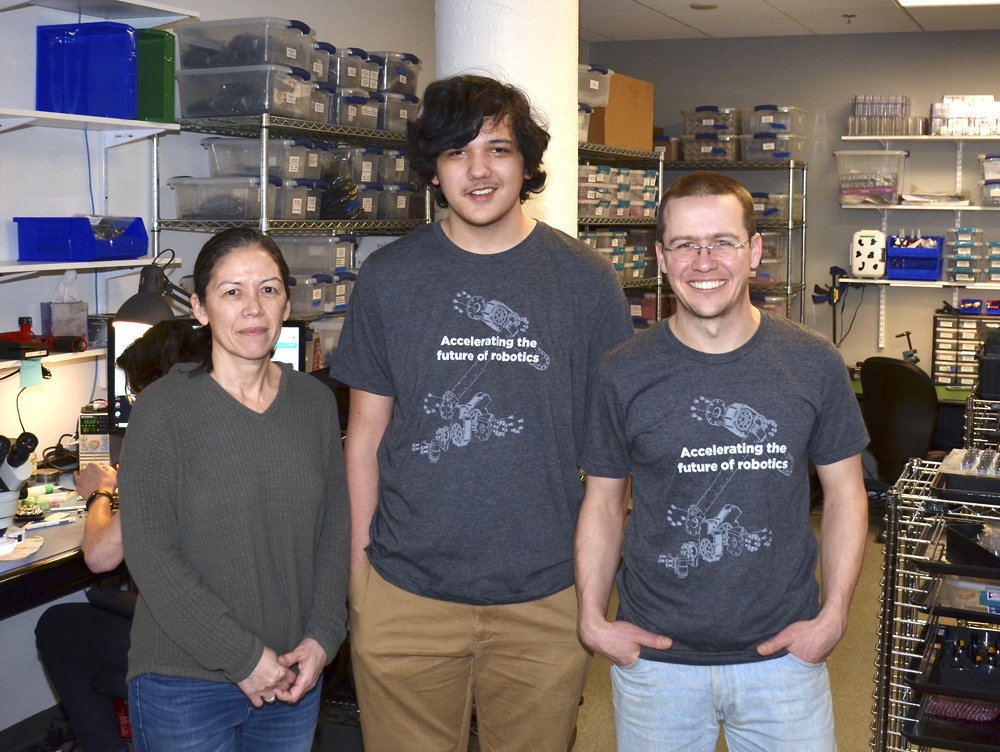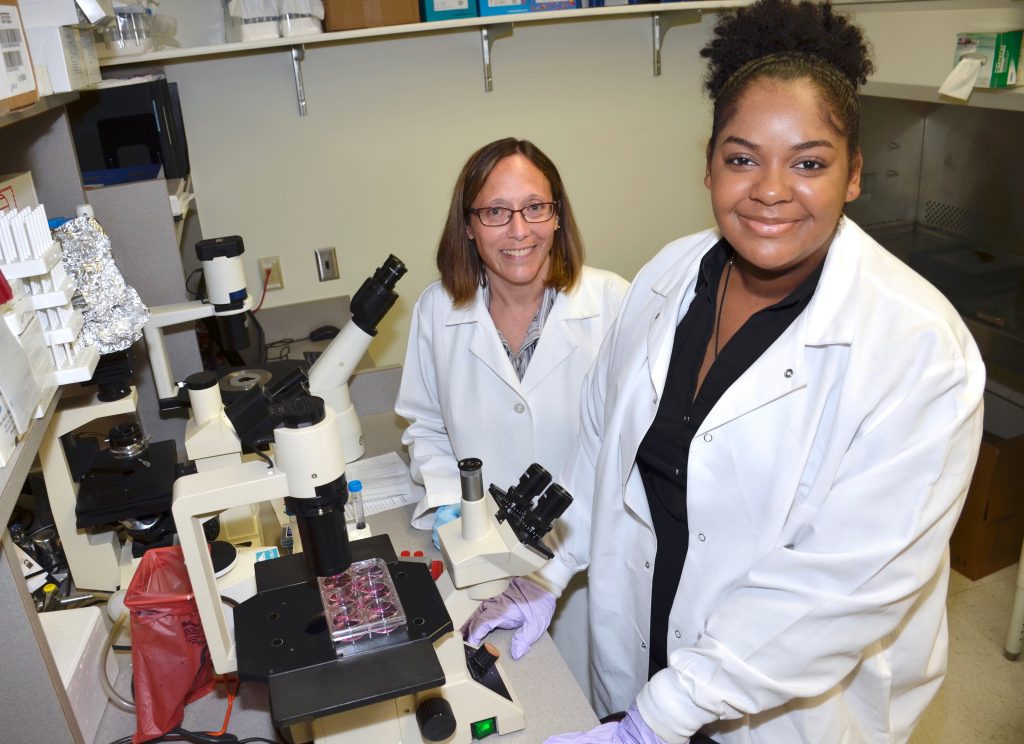City High In the News
City Charter High School's amazing students, teachers, alumni and Pittsburgh's community partners make a difference everyday. Read about their achievements both in-school and out!
City High student Damani Brown gains clearer appreciation for architecture through internship at Springboard Design.
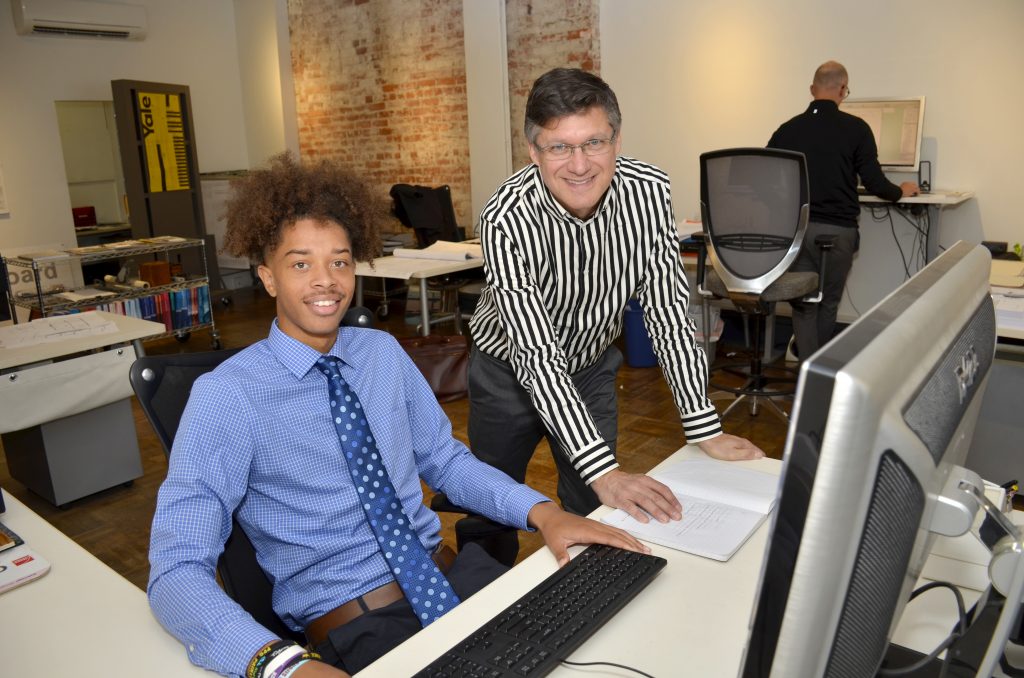
Some people say, “Success is 10% inspiration, 90% perspiration.” Damani Brown couldn’t agree more. As this 3.57 GPA City Charter High School student reflects on his internship in one of Pittsburgh’s more innovative architecture firms, “I didn’t realize how time-consuming and detailed architecture could be. Or how precise it needs to be in order to have a structure that works. If I miss a dimension or measure something incorrectly… everything else falls from that…so something won’t fit later on when you’re trying to create the real thing.”
Springboard Design founder and Damani’s mentor, Paul Rosenblatt, suggests, “This is a very important realization to learn before you go off to architecture school.” Which is the whole point of the internship program at City High… to try things out before investing years preparing for a career only to find out it’s not for you.
“I once kidded with Damani sometime during his internship,” Mr. Rosenblatt recalls, “That if he woke up one day and said, ‘You know, I really am not interested in architecture anymore,’ then that would also be a valuable discovery.”
Exploring is what City High is all about and it’s also one of the reasons Damani chose this school when moving back to Pittsburgh from Charlotte, NC. “City High is unique,” he says. “It’s very different from all the other schools I’ve been to. I can see why the graduation rate is so high [96%]. It’s very different from most public schools. To me, the teachers here care more about the students. They’re more involved, they interact more. And our schedule helps us build even stronger relationships with our teachers.”
At first Damani had to get used to the longer classroom hours and year-round attendance of the trimester system, but “now it’s not a problem,” he says. “Shorter breaks are a plus in keeping up relationships with the teachers. And the fact that we stay with our teachers all 4 years – the same teachers – it really helps. When you learn from people you like being around, it makes it easier.”
This is one of the keys to the success for City High students. The internship requirement is another. To which Damani responds, “I think it’s cool that they do that… it’s important. First we do the research to get an understanding of what we want to do (career, trade school, college, etc.). So we get an understanding early in the decision making process about what we want to do post-high school.”
It looks like college will be in Damani’s future. He has already been accepted to Tuskegee, Delaware and Talladega Universities and is still waiting to hear from La Roche, Pitt, and Howard. He hopes to have a career in Architecture or Electrical Engineering.
As a high school student, Damani had never studied architecture before. So his mentor thought back to his own first design project at Yale’s School of Architecture. “It seemed like a good idea to give Damani a project that would enable him to think about architecture within a context of something he already knows – his home life, his residence, his community… and then build on it,” says Mr. Rosenblatt.
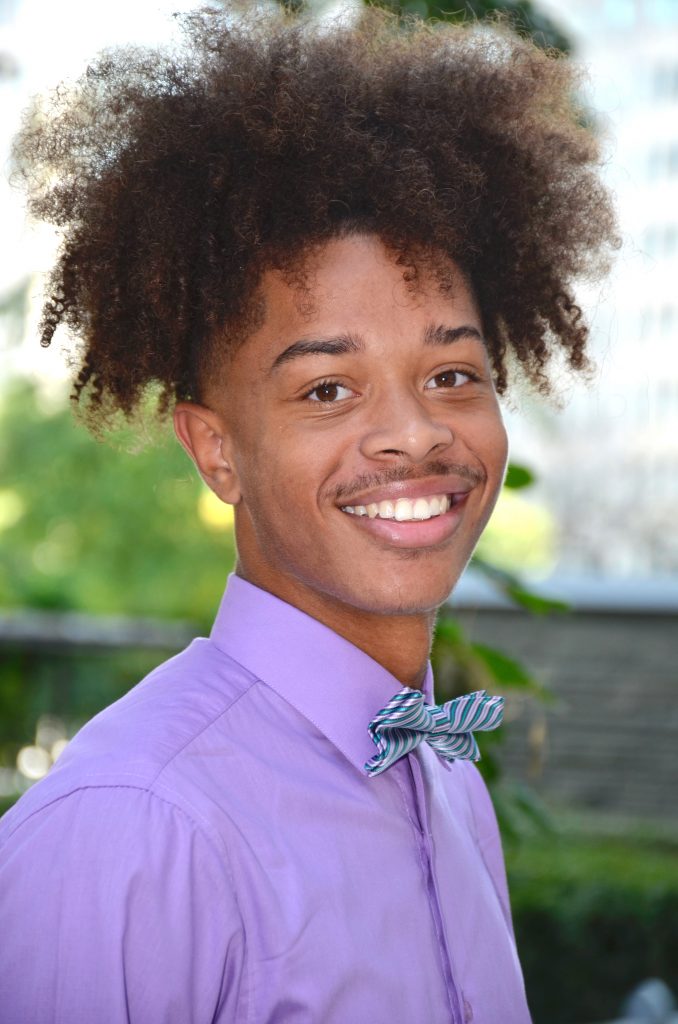 Damani’s main project was to create a 3-D model of his own home and then renovate it to meet the needs and desires of his family. This required him to learn SketchUp, a very demanding architecture software program. “We’re not a school, we’re an office,” offers Springboard’s Rosenblatt. “So rather than teach Damani the program, Damani had to teach himself the program from the ground up. He got some tips from us, went online and found some tutorials, but essentially he taught himself. However, the software program is not as important as the thinking process that goes into architecture. Still, learning a program like that is a skill you need to have to be an architect. Especially today.”
Damani’s main project was to create a 3-D model of his own home and then renovate it to meet the needs and desires of his family. This required him to learn SketchUp, a very demanding architecture software program. “We’re not a school, we’re an office,” offers Springboard’s Rosenblatt. “So rather than teach Damani the program, Damani had to teach himself the program from the ground up. He got some tips from us, went online and found some tutorials, but essentially he taught himself. However, the software program is not as important as the thinking process that goes into architecture. Still, learning a program like that is a skill you need to have to be an architect. Especially today.”
Bill Szustak, another Springboard architect and mentor, gave Damani plenty of pointers (especially on getting precise measurements), answered lots of questions, taught him some of the basics, took him to projects in process, in addition to providing design guidance and access to their architecture library.
An important side benefit to this internship is that programs and skills Damani learned are transferable to other challenges and because he taught himself, he is less fearful and more at ease tackling new ones.
Mr. Rosenblatt suggests, “The things he learned in his internship will give him a leg up over his classmates if he heads off to architecture school.” Damani also picked up some of the “tricks of the trade” in his internship: the experience of being in an office, shadowing architects, participating in brainstorming sessions with clients and contractors, going on site-visits and watching designs come to life.
But Damani easily puts his finger on the most important take-away from his internship. “I feel like my internship at Springboard played a big role in what I want to do. It allowed me to see what architects really do… what their day looks like… and put what they do into my own perspective. It helped me make my decision.”
